10 Unexpected Causes of Everyday Ear Pain You Should Know About
Ear pain is a common ailment that affects people of all ages. It can be a minor inconvenience or a symptom of a more serious condition. Often, ear pain is associated with ear infections, but there are many other surprising causes that are frequently overlooked. Understanding these causes is crucial for effective treatment and prevention. This article will delve into the top 10 unexpected culprits behind everyday ear pain, offering insights into how these factors contribute to discomfort and what can be done to alleviate it. Ear pain can be acute or chronic, with varying degrees of severity. It can affect one or both ears and may be accompanied by other symptoms such as hearing loss, dizziness, or fever. By the end of this article, readers will have a deeper understanding of the various factors that can lead to ear pain and how to address them effectively.
1. Allergies and Sinus Issues
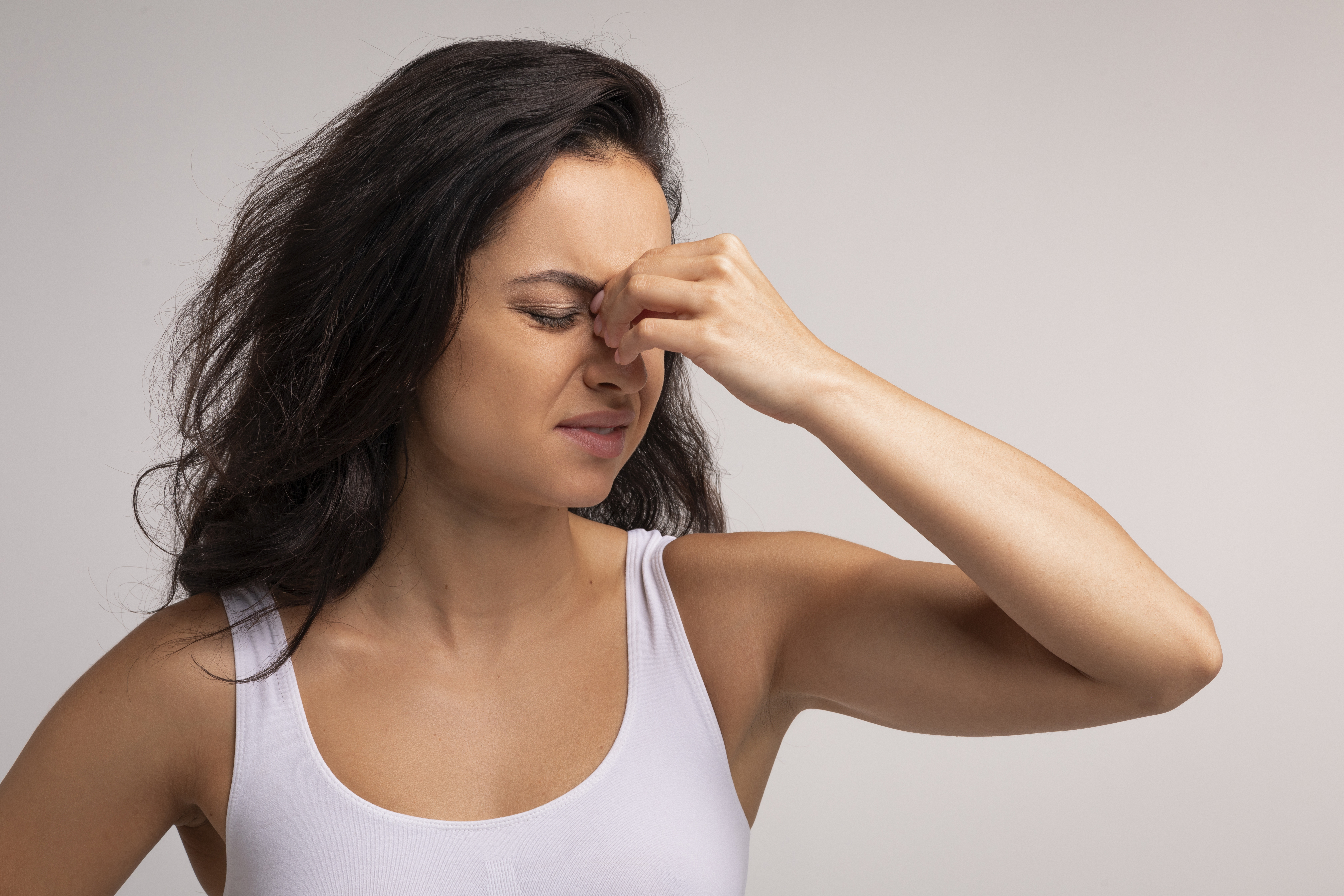
Allergies and sinus issues are common, yet often overlooked, causes of ear pain. When allergens such as pollen, dust, or pet dander enter the body, they can trigger an immune response that leads to inflammation and congestion. This can affect the Eustachian tube, which connects the middle ear to the back of the throat, causing pressure and pain in the ear. Similarly, sinus infections or chronic sinusitis can lead to fluid buildup and increased pressure in the ear, resulting in discomfort. Managing allergies and sinus issues can significantly reduce ear pain. Over-the-counter antihistamines, decongestants, and nasal sprays can help alleviate symptoms and reduce inflammation. In more severe cases, prescription medications or allergy shots may be necessary. It's also important to identify and avoid triggers whenever possible. For instance, using air purifiers, keeping windows closed during high pollen seasons, and regularly cleaning household surfaces can minimize exposure to allergens. In addition to medical treatments, lifestyle changes can also play a role in managing allergies and sinus-related ear pain. Staying hydrated, using a humidifier, and practicing good nasal hygiene can help keep the sinuses clear and reduce pressure in the ears. By addressing allergies and sinus issues, individuals can not only alleviate ear pain but also improve their overall quality of life.
2. Temporomandibular Joint (TMJ) Disorders
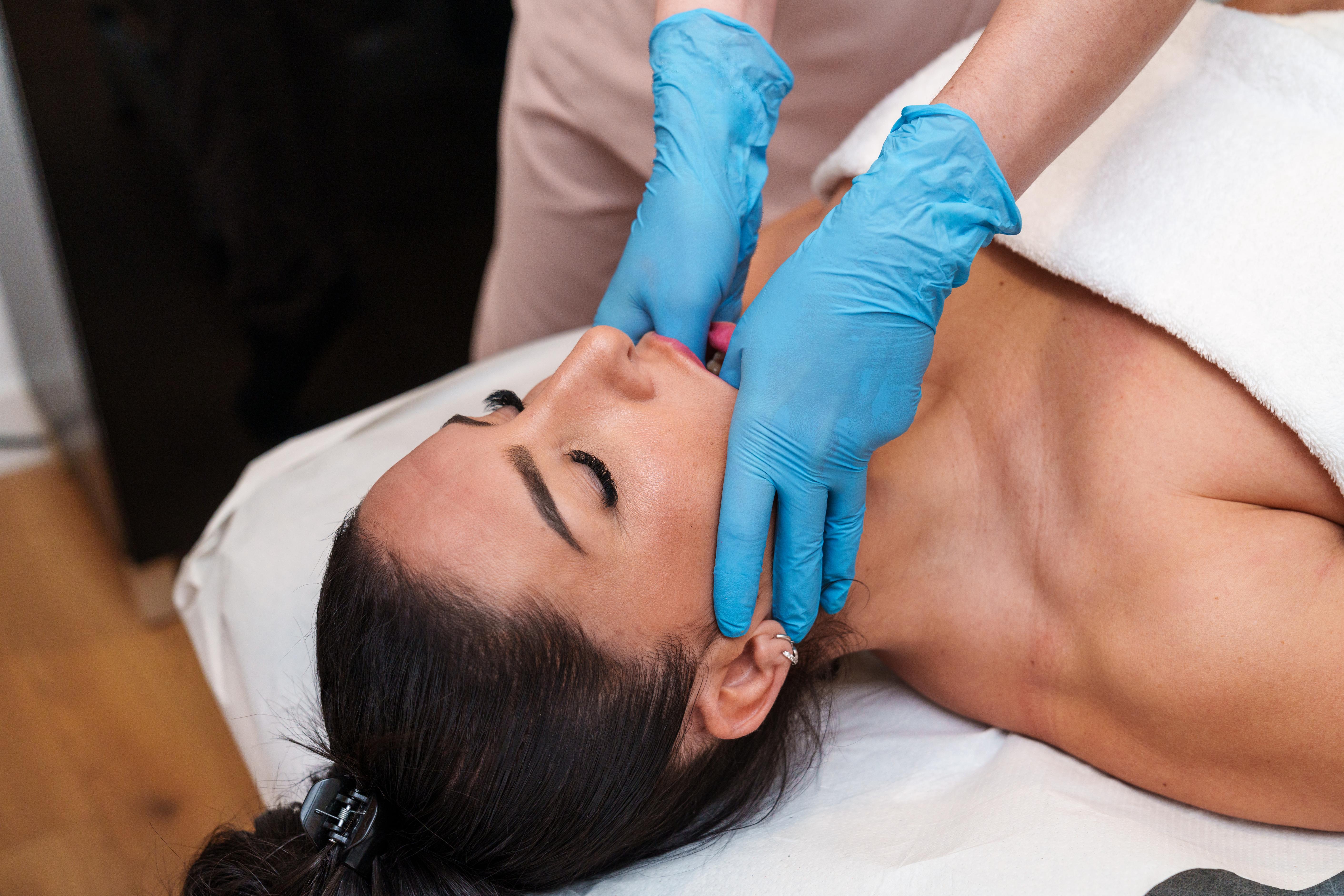
Temporomandibular joint (TMJ) disorders are another surprising cause of ear pain. The TMJ is the joint that connects the jaw to the skull, and dysfunction in this area can lead to a range of symptoms, including ear pain. This is because the TMJ is located near the ear, and issues such as inflammation, arthritis, or misalignment can cause referred pain that is felt in the ear. TMJ disorders can result from various factors, including stress, teeth grinding, or injury to the jaw. Treatment often involves a combination of approaches, such as physical therapy, dental splints, or medications to reduce inflammation and pain. In some cases, lifestyle changes such as stress management, avoiding hard or chewy foods, and practicing good posture can also help alleviate symptoms. It's important to seek professional evaluation if TMJ issues are suspected, as untreated disorders can lead to chronic pain and other complications. A healthcare provider can perform a thorough examination and recommend appropriate treatment options. By addressing TMJ disorders, individuals can not only relieve ear pain but also improve their jaw function and overall well-being.
3. Impacted Earwax
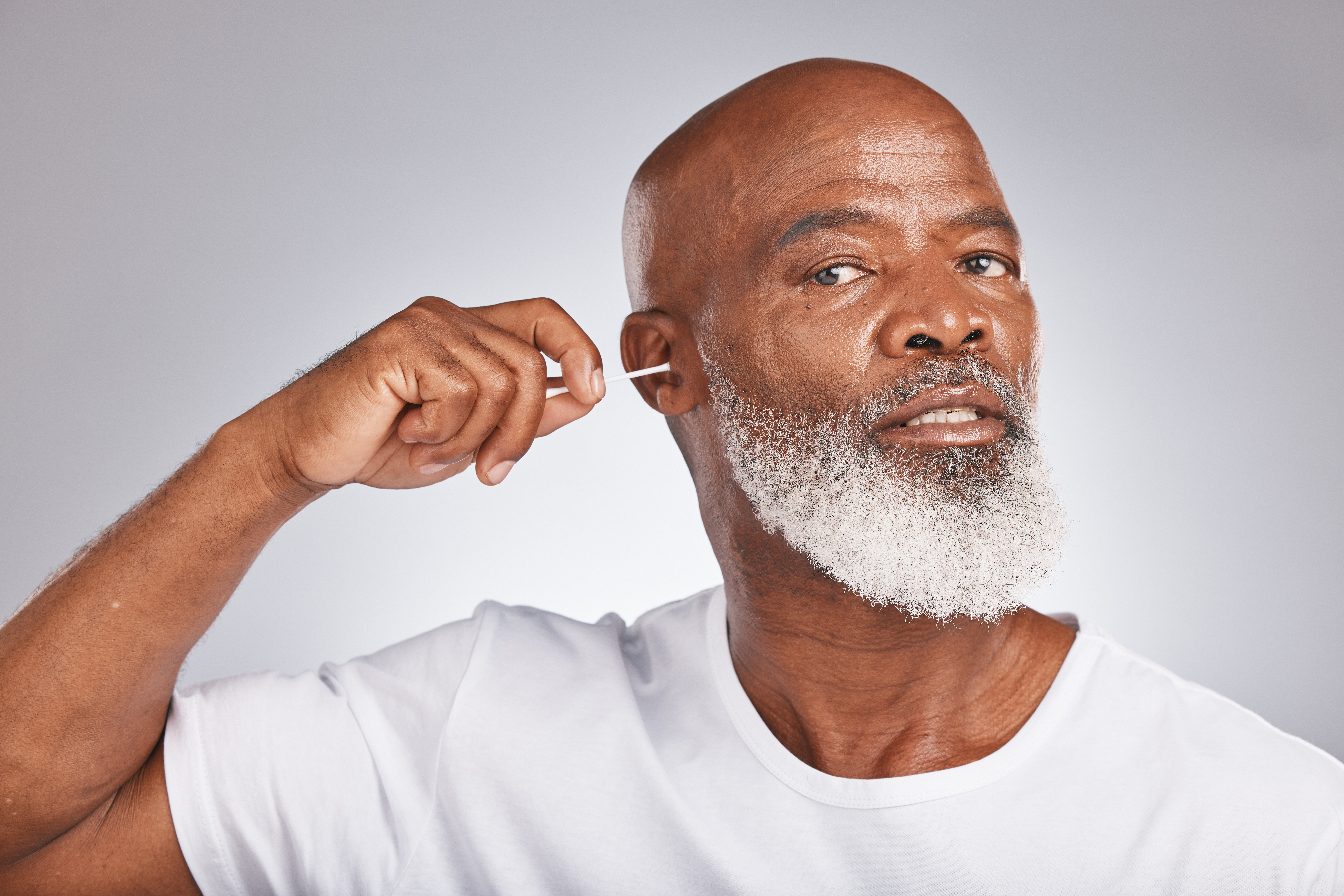
Impacted earwax is a common yet often unexpected cause of ear pain. Earwax, or cerumen, is a natural substance produced by glands in the ear canal. It serves to protect the ear from dust, debris, and microorganisms. However, when earwax builds up and becomes impacted, it can cause discomfort and pain. This is because the buildup can put pressure on the ear canal and even lead to temporary hearing loss. Regular cleaning of the ears can help prevent earwax impaction. However, it's important to avoid using cotton swabs or other objects, as these can push the wax further into the ear canal and exacerbate the problem. Instead, gentle methods such as using ear drops, warm water, or seeking professional ear cleaning services are recommended. If earwax impaction is suspected, it's advisable to consult a healthcare provider for proper evaluation and treatment. In some cases, professional removal may be necessary to safely and effectively clear the blockage. By addressing impacted earwax, individuals can alleviate ear pain and improve their hearing and ear health.
4. Barotrauma

Barotrauma is an ear condition that occurs when there is a sudden change in air pressure, such as during air travel, scuba diving, or ascending a mountain. These pressure changes can affect the Eustachian tube's ability to equalize pressure between the middle ear and the external environment, leading to discomfort and pain. Barotrauma is often characterized by a feeling of fullness or pressure in the ear, and in severe cases, it can cause damage to the ear structures. To prevent barotrauma, it's important to take precautions during activities that involve significant pressure changes. This can include chewing gum, yawning, or swallowing during air travel to help open the Eustachian tube and equalize pressure. For divers, ascending slowly and using techniques such as the Valsalva maneuver can help alleviate pressure changes. If barotrauma occurs, treatment typically involves decongestants or nasal sprays to reduce inflammation and open the Eustachian tube. In more severe cases, medical intervention may be necessary to repair any damage to the ear structures. By understanding and addressing barotrauma, individuals can prevent ear pain and protect their ear health during activities involving pressure changes.
5. Dental Issues

Dental issues are a surprising but significant cause of ear pain. Problems such as tooth decay, gum disease, or abscesses can lead to referred pain in the ear. This is because the nerves in the teeth and jaw are closely connected to those in the ear, and issues in one area can affect the other. Additionally, dental misalignment or temporomandibular joint (TMJ) disorders can also contribute to ear pain. Addressing dental issues is crucial for alleviating ear pain and improving overall oral health. Regular dental check-ups and good oral hygiene practices can help prevent common dental problems. In cases where dental issues are causing ear pain, treatment may involve addressing the underlying dental condition, such as filling cavities, treating gum disease, or correcting misalignment. In some cases, dental appliances such as mouthguards or splints may be recommended to alleviate pressure on the jaw and reduce referred pain to the ear. By addressing dental issues, individuals can not only relieve ear pain but also improve their oral health and overall well-being.
6. Ear Infections

While ear infections are a well-known cause of ear pain, their prevalence and impact are often underestimated. Ear infections can occur in the outer, middle, or inner ear and are typically caused by bacteria, viruses, or fungi. They can lead to symptoms such as pain, swelling, and discharge from the ear. In some cases, ear infections can also cause fever, hearing loss, or dizziness. Treatment for ear infections often involves antibiotics or antifungal medications to address the underlying infection. Over-the-counter pain relievers and warm compresses can also help alleviate symptoms. In some cases, surgical intervention may be necessary to drain fluid or repair damage to the ear structures. Preventing ear infections involves maintaining good ear hygiene, avoiding exposure to infectious agents, and addressing underlying health conditions that may increase susceptibility. For instance, keeping the ears dry and avoiding inserting objects into the ear canal can help reduce the risk of infection. By understanding and addressing ear infections, individuals can prevent ear pain and protect their ear health.
7. Foreign Objects in the Ear

Foreign objects in the ear are a surprisingly common cause of ear pain, particularly in children. Objects such as beads, small toys, or insects can become lodged in the ear canal, causing discomfort, pain, and even injury. In some cases, foreign objects can lead to infection or damage to the ear structures if not promptly addressed. If a foreign object is suspected in the ear, it's important to seek medical attention for proper evaluation and removal. Attempting to remove the object at home can cause further injury or push the object deeper into the ear canal. Healthcare providers have the tools and expertise to safely remove foreign objects and address any resulting complications. Preventing foreign objects in the ear involves educating children about the dangers of inserting objects into their ears and supervising them during play. For adults, being cautious when using earplugs, earbuds, or other devices can help prevent accidental insertion. By addressing foreign objects in the ear, individuals can alleviate pain and protect their ear health.
8. Noise-Induced Ear Damage
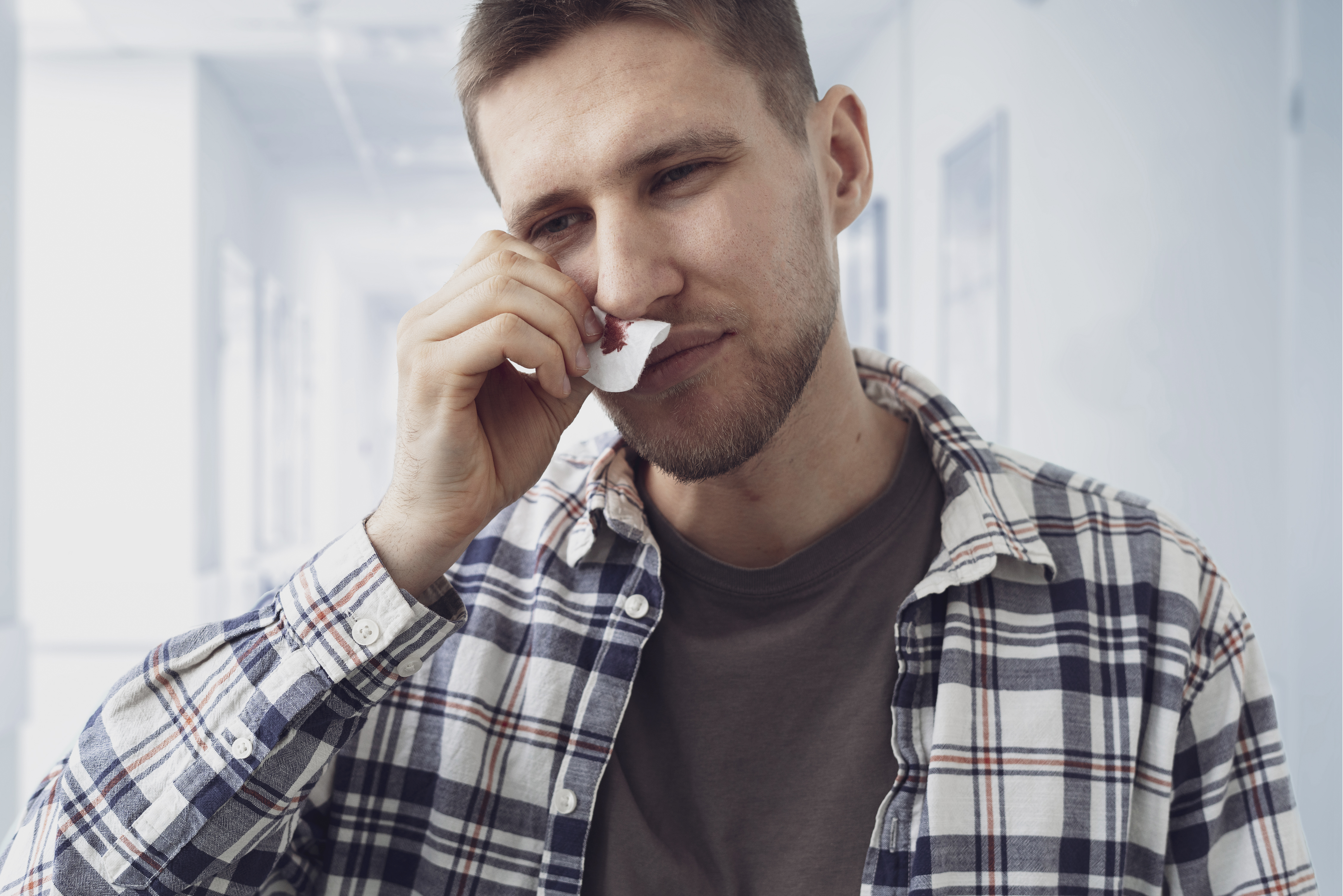
Exposure to loud noises is a common but often overlooked cause of ear pain and damage. Prolonged exposure to high decibel levels, such as at concerts, construction sites, or through the use of headphones, can lead to noise-induced hearing loss and ear pain. This is because loud noises can damage the delicate hair cells in the inner ear, leading to temporary or permanent hearing loss and discomfort. Preventing noise-induced ear damage involves protecting the ears from excessive noise exposure. This can include using earplugs or noise-canceling headphones in loud environments, keeping volume levels low when using headphones, and taking regular breaks from noisy activities. It's also important to be aware of the noise levels in various settings and take steps to reduce exposure. If noise-induced ear damage is suspected, it's important to seek evaluation from a hearing specialist. Early intervention can help prevent further damage and address any hearing loss. By understanding and addressing noise-induced ear damage, individuals can protect their hearing and prevent ear pain.
9. Skin Conditions Affecting the Ear
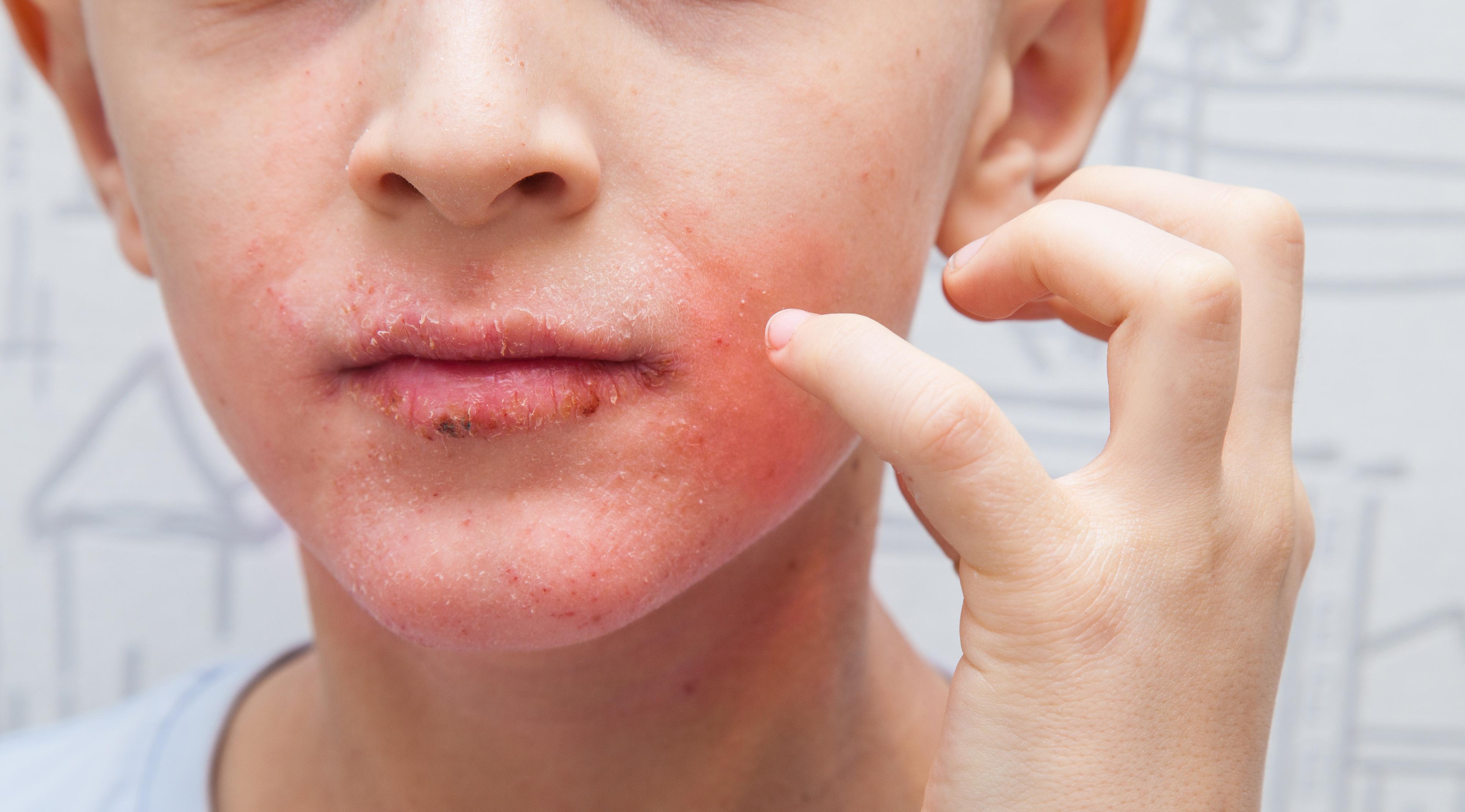
Skin conditions affecting the ear, such as eczema, psoriasis, or dermatitis, can also lead to ear pain. These conditions can cause inflammation, itching, and discomfort in the ear canal or on the outer ear. In some cases, skin conditions can also lead to secondary infections, which can exacerbate pain and discomfort. Managing skin conditions affecting the ear involves addressing the underlying skin issue. This can include using topical treatments, such as corticosteroids or moisturizers, to reduce inflammation and soothe the skin. In cases where an infection is present, antibiotics or antifungal medications may be necessary. Preventing skin conditions affecting the ear involves maintaining good skin hygiene and avoiding irritants or allergens that may trigger flare-ups. For instance, using hypoallergenic skincare products and avoiding harsh chemicals or fragrances can help protect the skin. By addressing skin conditions affecting the ear, individuals can alleviate pain and improve their overall skin health.
10. Stress and Its Physical Manifestations
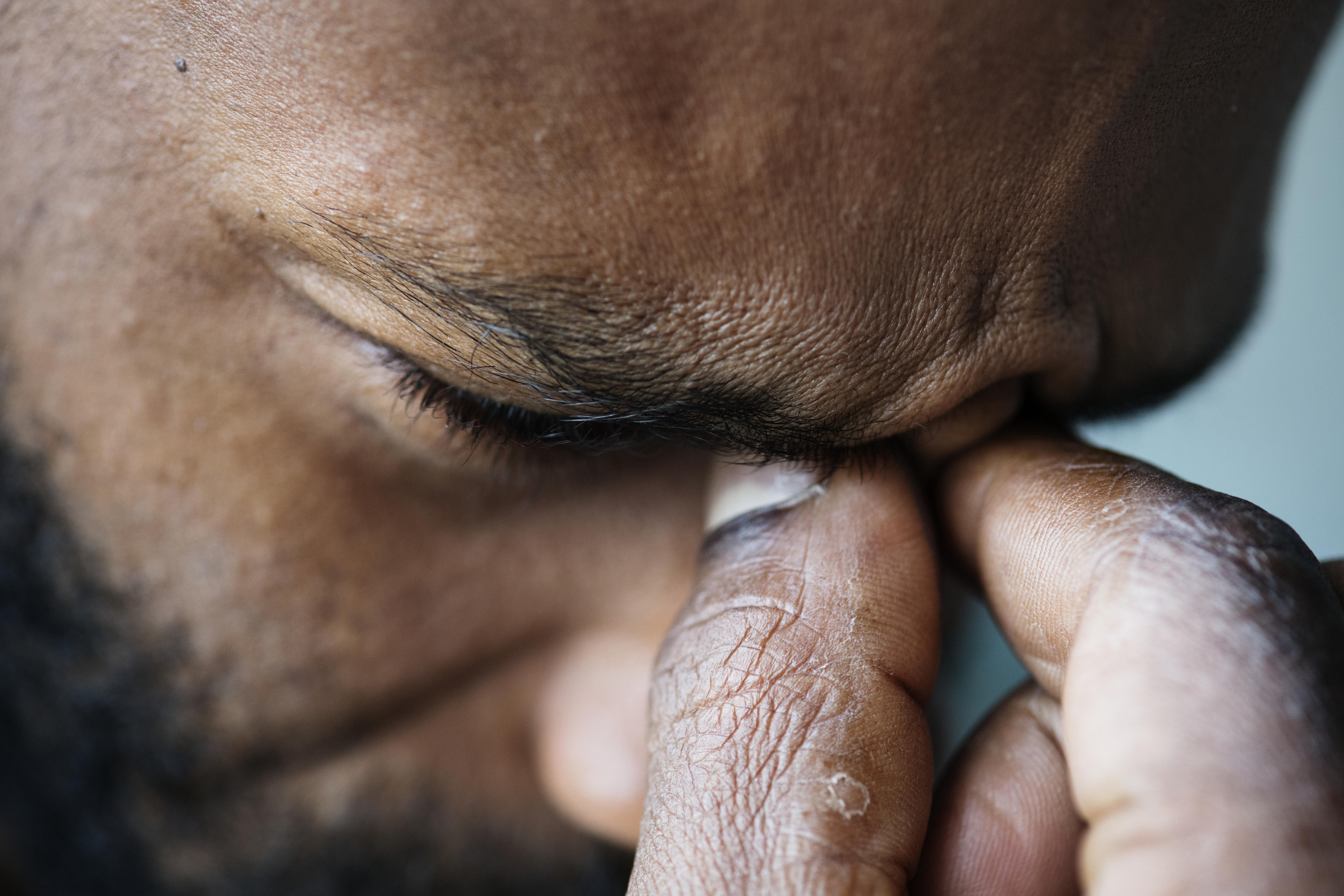
Stress is a surprising but significant factor that can contribute to ear pain. Stress can lead to physical manifestations such as muscle tension, teeth grinding, or changes in blood flow, all of which can affect the ears. For instance, stress-induced muscle tension in the neck or jaw can lead to referred pain in the ear, while teeth grinding can exacerbate TMJ disorders and contribute to ear discomfort. Managing stress is crucial for alleviating ear pain and improving overall health. Stress management techniques such as mindfulness, meditation, or physical exercise can help reduce tension and improve well-being. In some cases, professional support from a therapist or counselor may be beneficial for addressing underlying stressors. It's also important to be aware of the physical manifestations of stress and take steps to address them. For instance, practicing good posture, using relaxation techniques, and wearing a mouthguard at night can help reduce muscle tension and alleviate ear pain. By understanding and addressing stress and its physical manifestations, individuals can improve their ear health and overall quality of life.
Taking Control of Ear Health
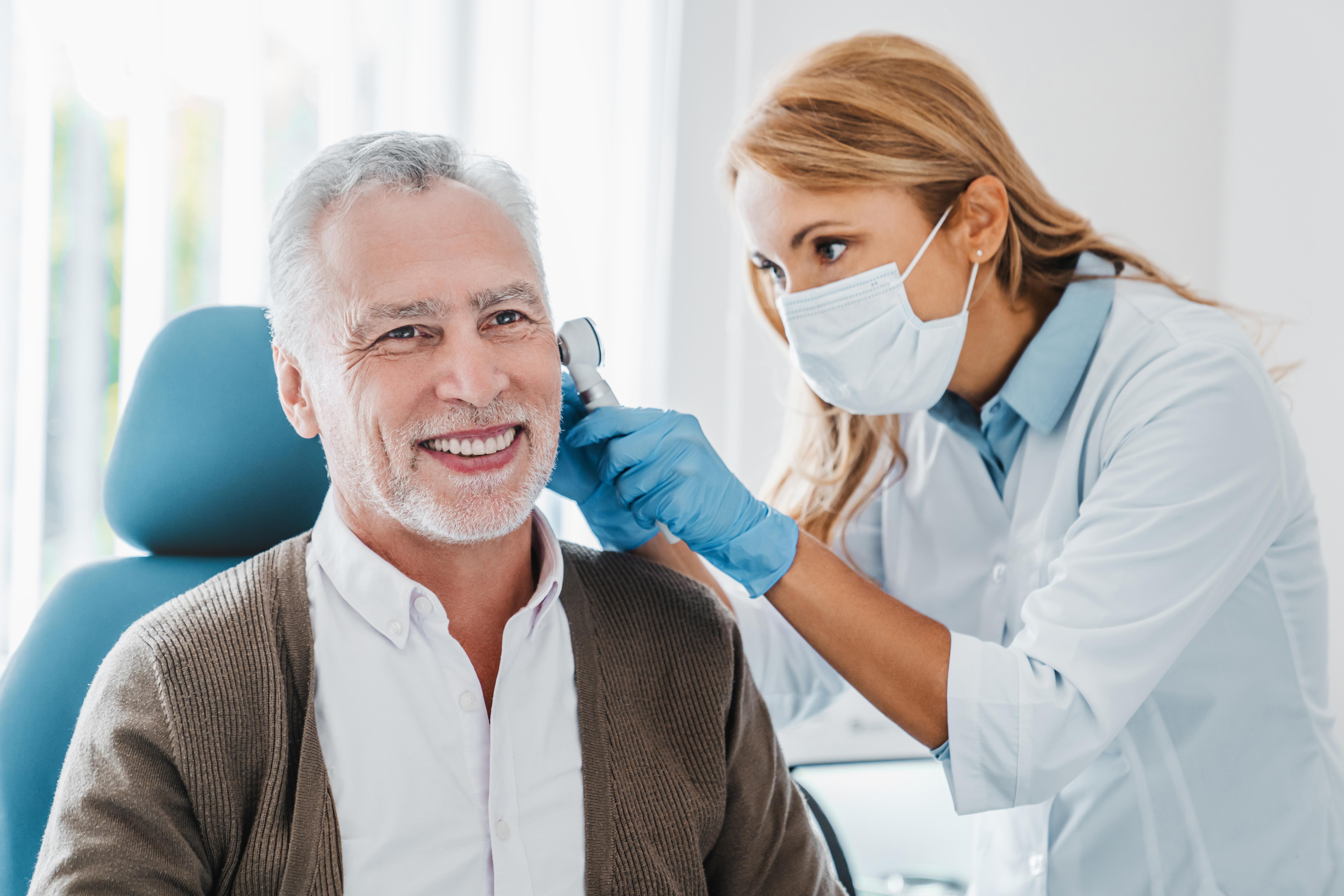
Ear pain can be caused by a variety of surprising factors, many of which are often overlooked. By understanding these causes and taking steps to address them, individuals can alleviate ear pain and improve their overall ear health. From managing allergies and sinus issues to addressing dental problems and stress, there are many ways to take control of ear health and prevent discomfort. It's important to seek professional evaluation if ear pain persists or is accompanied by other concerning symptoms. Healthcare providers can perform a thorough examination and recommend appropriate treatment options. By taking a proactive approach to ear health, individuals can prevent ear pain and protect their hearing and overall well-being. Ear pain is a common but often misunderstood condition. By exploring the top 10 surprising culprits behind everyday ear pain, we hope to provide valuable insights that empower readers to take control of their ear health. Whether it's through lifestyle changes, medical treatments, or preventive measures, there are many ways to address ear pain and improve quality of life.